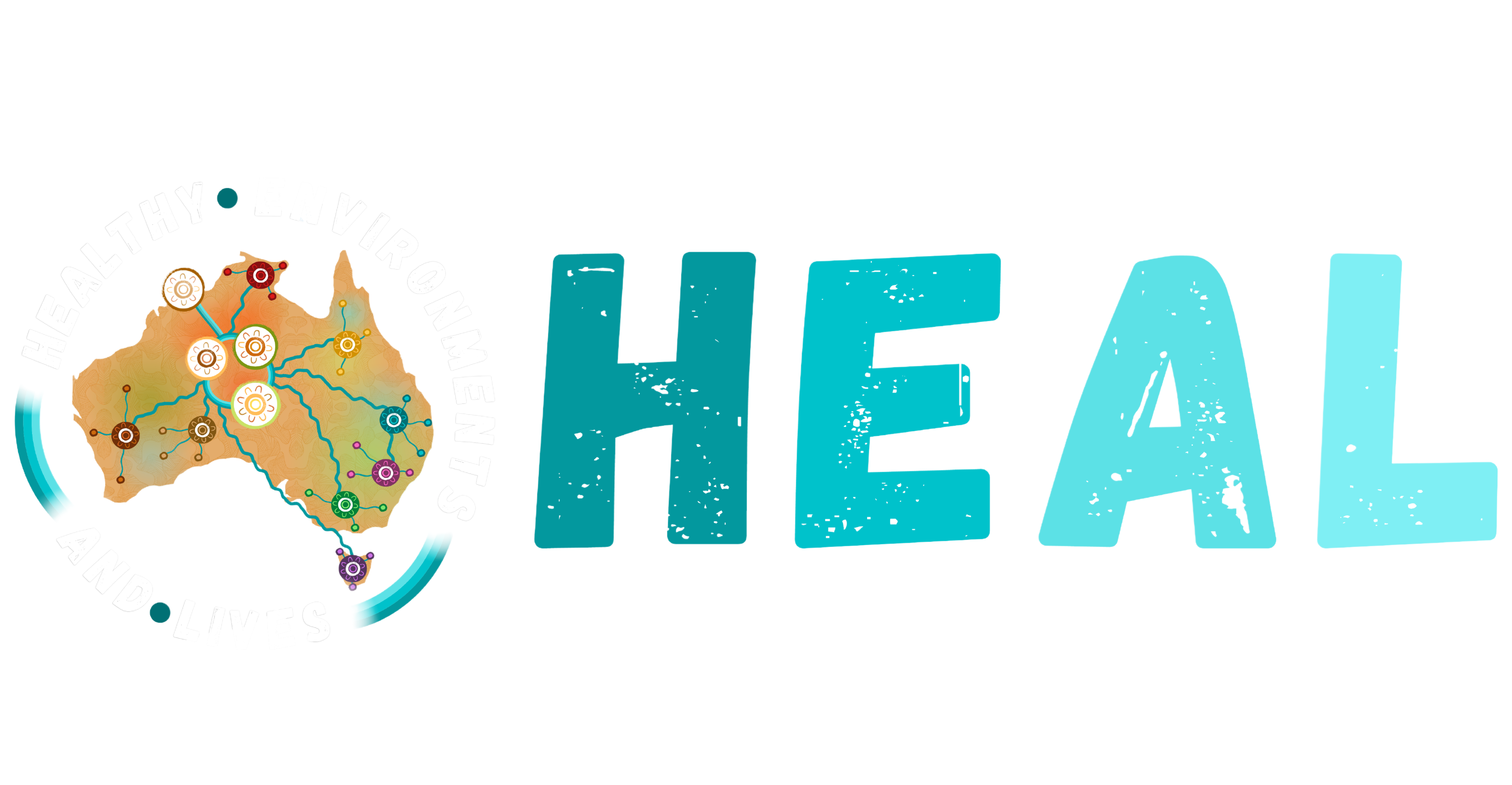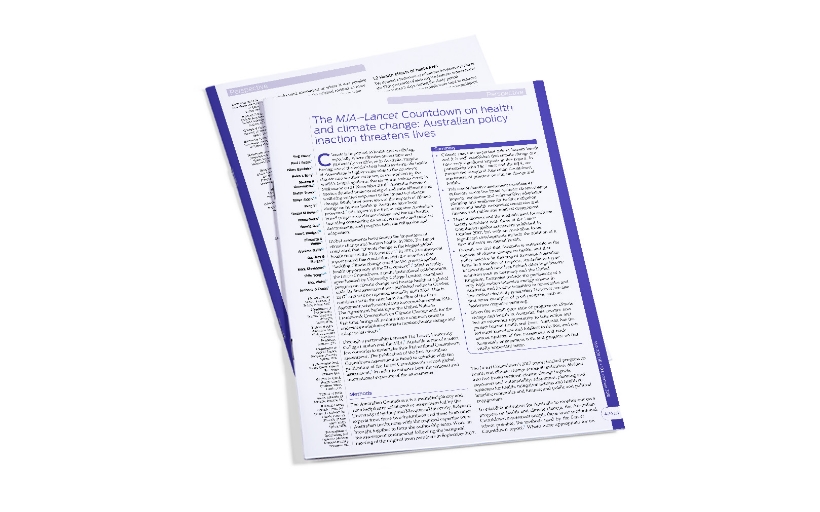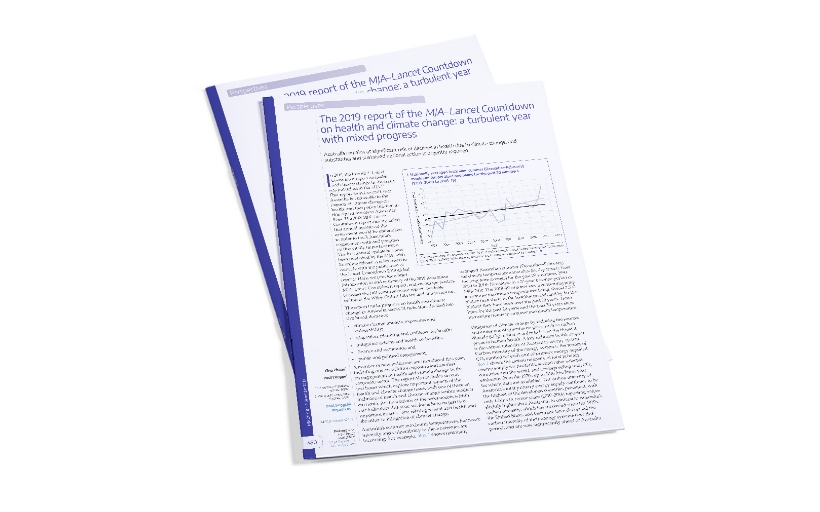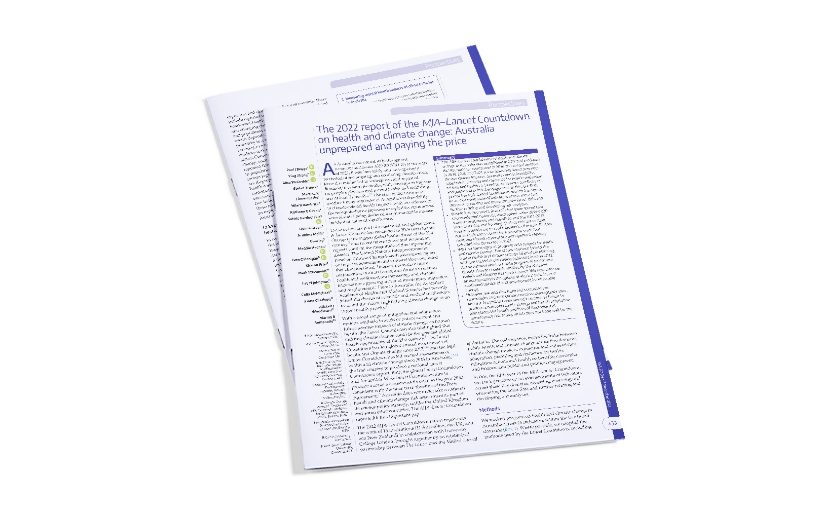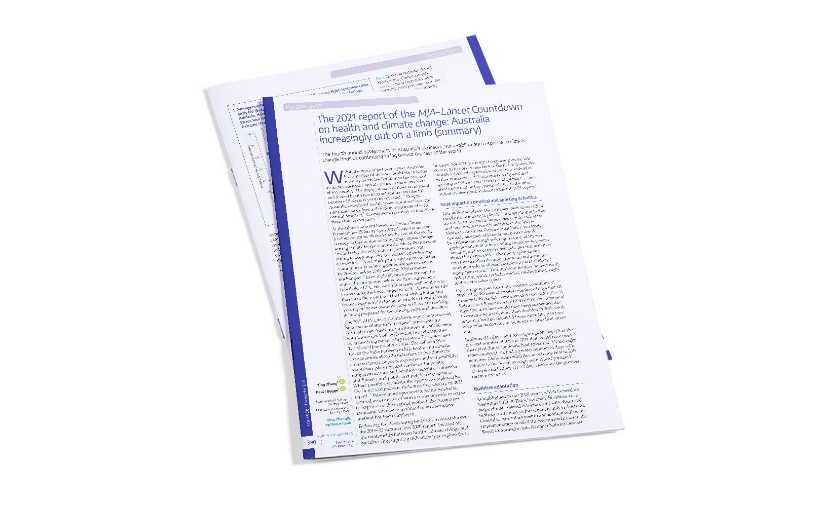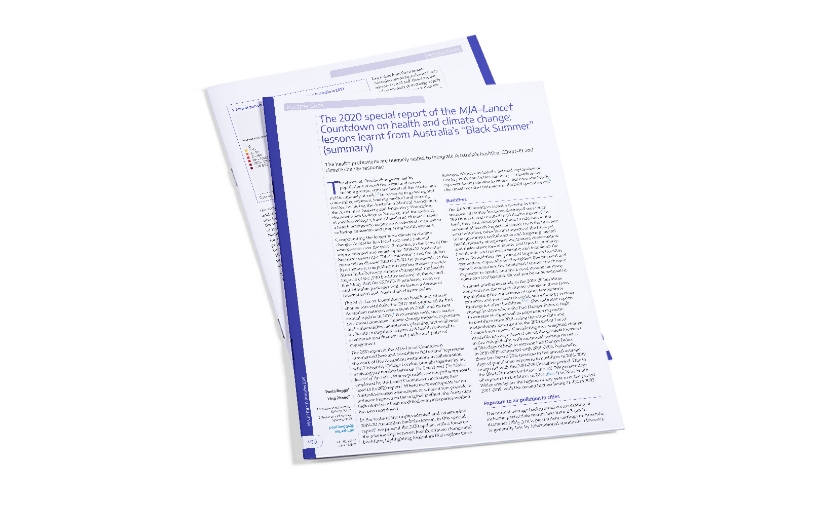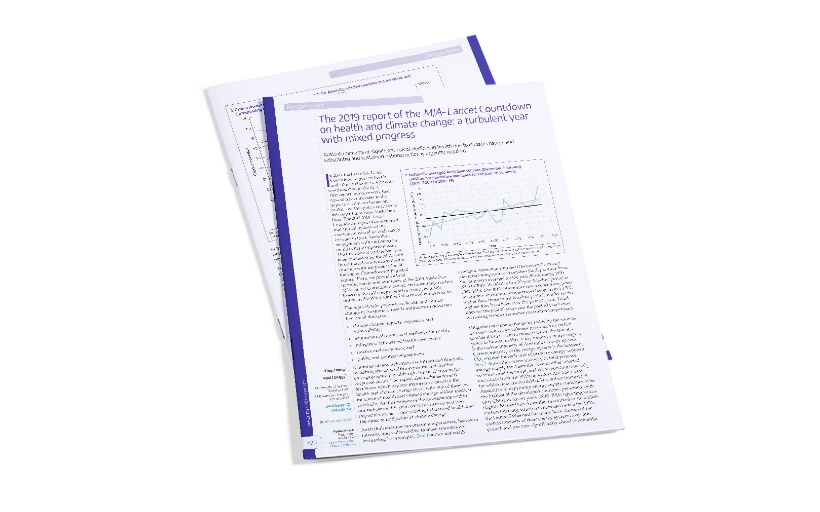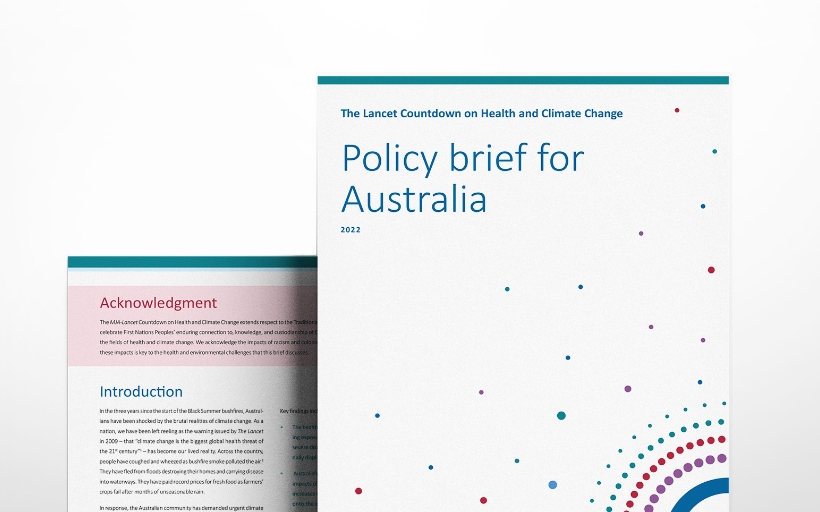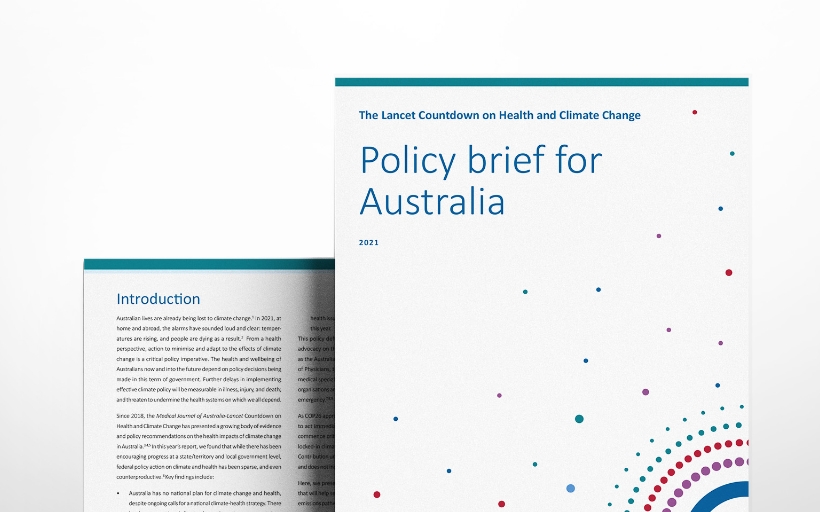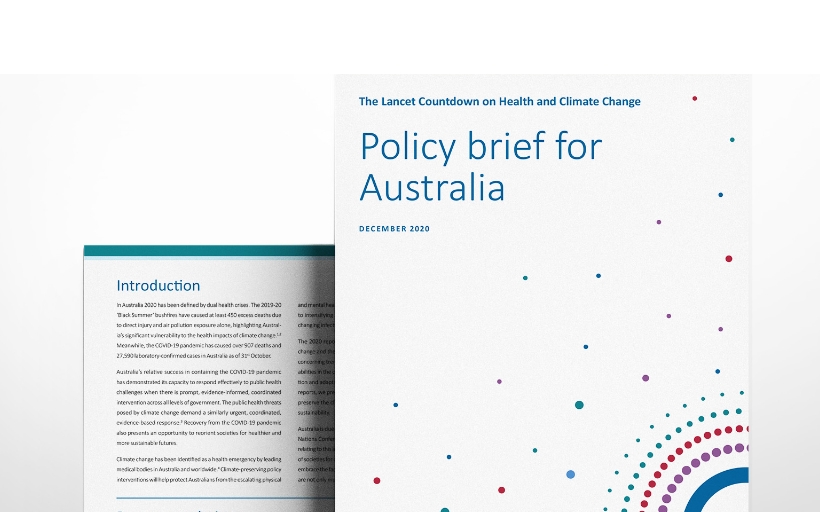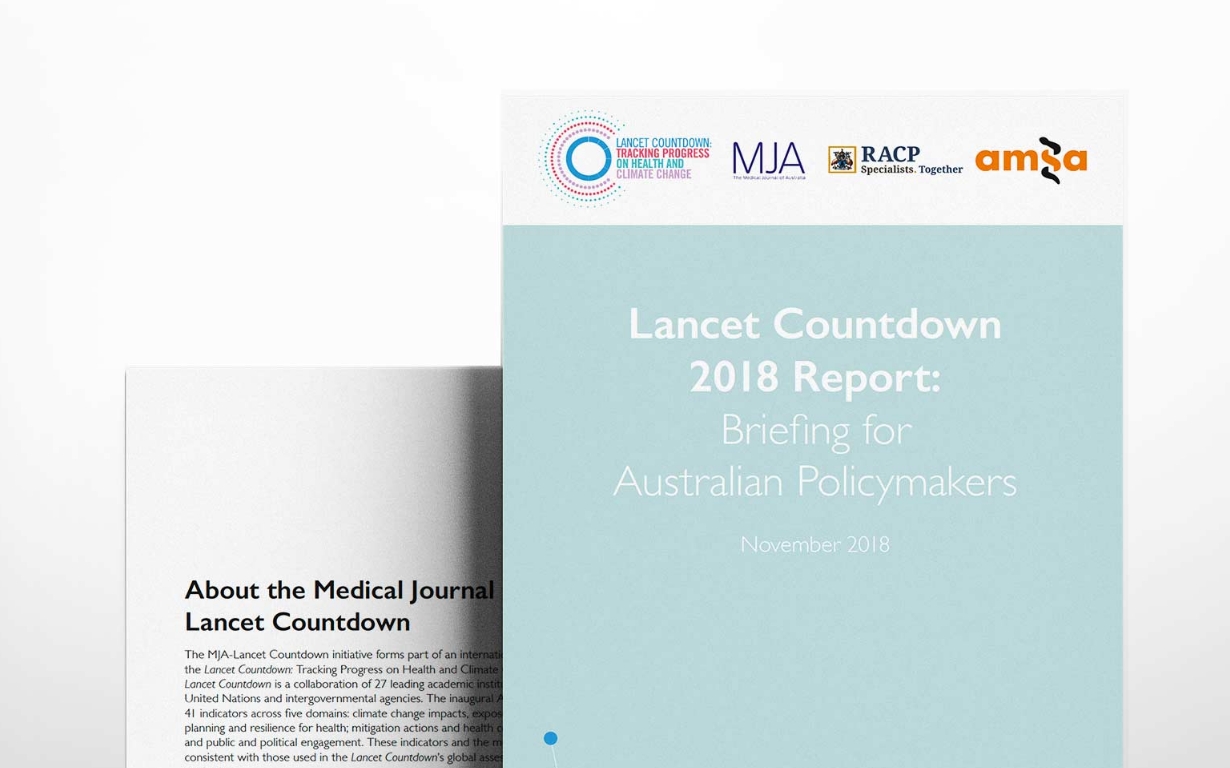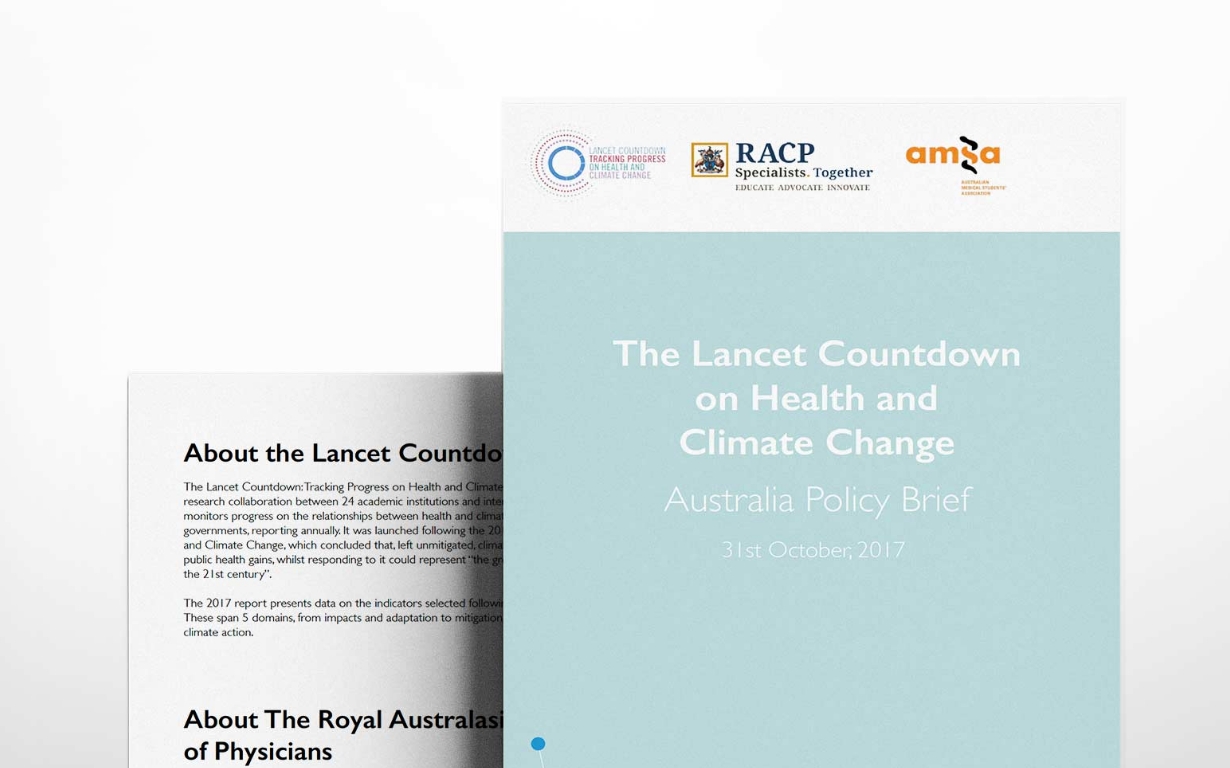Indicators
HEAL Indicators
The HEAL Indicators Project aims to develop, as well as curate, numerous relevant Australian climate change and health indicators, making them freely and easily accessible on the HEAL Observatory, a national digital knowledge-action hub. These indicators are co-designed with key stakeholders for each HEAL Theme to ensure high relevancy in supporting adaptation and mitigation planning by policy makers as well as public health managers. All HEAL indicators fulfil the five pre-specified criteria:
-
-
- Importance – HEAL indicators are relevant.
Meaning - HEAL indicators are impactful.
Validity – HEAL indicators are scientifically sound.
Possibility - HEAL indicators are reliable, possible and feasible.
Implications - HEAL Indicators are actionable.
-
If you would like to submit a proposal for a new HEAL indicator, please contact the relevant HEAL Theme leads, fill out the Indicator Proposal Form and send it to [email protected]. Please also contact us with any questions around indicators or the process to implementation. You are also welcome to send us suggestions for any existing, HEAL-relevant indicators you would like to see referenced and linked here.
For guidance on how to fill out the Indicator Proposal Form, please consider this example: Desflurane Indicator Proposal
Health System Sustainability Indicators
This indicator tracks the amount of CO2e equivalent emissions released into the atmosphere due to desflurane use in Australian hospitals. Desflurane is one of three inhalation agents used for the induction and maintenance of general anaesthesia in Australia. It is a highly potent greenhouse gas with a global warming potential of more than 2,500 times that of carbon dioxide over 100 years.
This HEAL indicator is a collaboration between researchers from the University of Canberra, The University of Melbourne and The University of Sydney (project lead: Dr Luise Kazda).
Related publication: coming soon.
Trends in greenhouse gas emissions from prescribed SABA and ICS/LABA respiratory inhalers
Coming soon
----------------------------------------------------------------------------------------------------------------------------
Other Indicators
The MJA–Lancet countdown on health and climate change in Australia
The MJA–Lancet Countdown on health and climate change in Australia was established in 2017 and has produced five annual national assessments. It examines five broad domains: climate change impacts, exposures and vulnerability; adaptation, planning and resilience for health; mitigation actions and health co‐benefits; economics and finance; and public and political engagement. The MJA–Lancet Countdown tracks progress on an extensive suite of indicators across these five domains, accessing and presenting the latest data and analyses. Each year, an accompanying policy brief is also published by the team in collaboration with various stakeholder organisations.
Australian health performance framework
The AIHW’s Australian Health Performance Framework (AHPF) is a tool for reporting on the health of Australians, the performance of health care in Australia and the Australian health system. The indicators within the framework are grouped into determinants of health, health system and health status indicators. They can be disaggregated and analysed through selected population groups, providing a rich source of information at the National, State and Territory and local levels.
To find out more, visit AIHW – Australia’s Health Performance Framework
Environmental health indicators for selected environmental hazards in New South Wales
This project on Environmental Health (EH) indicators was commissioned to develop a system for tracking health impacts from environmental risk factors for communities in New South Wales (NSW), Australia, to prioritise key areas of concern, and where possible to estimate the burden of diseases attributable to different exposures. EH indicators link exposures to biophysical, built, social and aesthetic environments to health effects.
To find out more, visit NSW Environmental Health Indicators
